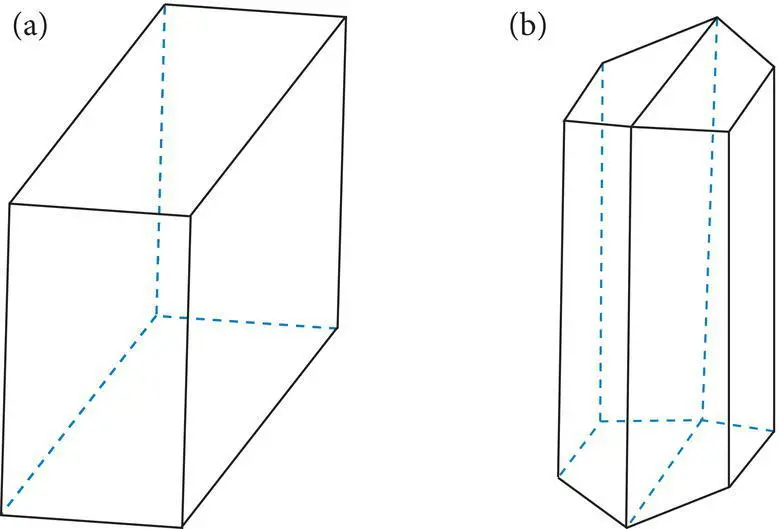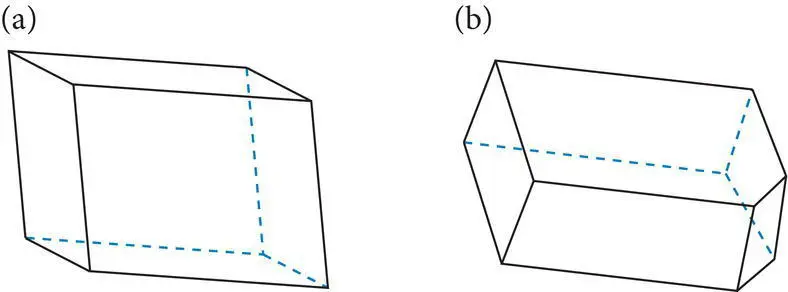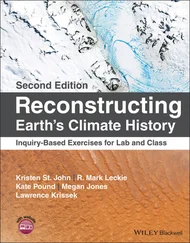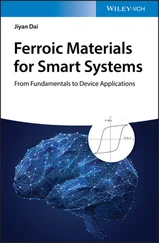John O'Brien - Earth Materials
Здесь есть возможность читать онлайн «John O'Brien - Earth Materials» — ознакомительный отрывок электронной книги совершенно бесплатно, а после прочтения отрывка купить полную версию. В некоторых случаях можно слушать аудио, скачать через торрент в формате fb2 и присутствует краткое содержание. Жанр: unrecognised, на английском языке. Описание произведения, (предисловие) а так же отзывы посетителей доступны на портале библиотеки ЛибКат.
- Название:Earth Materials
- Автор:
- Жанр:
- Год:неизвестен
- ISBN:нет данных
- Рейтинг книги:5 / 5. Голосов: 1
-
Избранное:Добавить в избранное
- Отзывы:
-
Ваша оценка:
- 100
- 1
- 2
- 3
- 4
- 5
Earth Materials: краткое содержание, описание и аннотация
Предлагаем к чтению аннотацию, описание, краткое содержание или предисловие (зависит от того, что написал сам автор книги «Earth Materials»). Если вы не нашли необходимую информацию о книге — напишите в комментариях, мы постараемся отыскать её.
Earth Materials,
Earth Materials,
Earth Materials — читать онлайн ознакомительный отрывок
Ниже представлен текст книги, разбитый по страницам. Система сохранения места последней прочитанной страницы, позволяет с удобством читать онлайн бесплатно книгу «Earth Materials», без необходимости каждый раз заново искать на чём Вы остановились. Поставьте закладку, и сможете в любой момент перейти на страницу, на которой закончили чтение.
Интервал:
Закладка:
Monoclinic crystal system
Because of its lower symmetry, the only crystal forms in the monoclinic crystal system are four‐sided prisms, two‐sided domes, sphenoids and pinacoids, and pedions. More complex forms cannot exist in systems with low symmetry in which some crystallographic axes do not all intersect at right angles. Common crystal forms and associated minerals in the monoclinic crystal system are depicted in Figure 4.29and Table 4.11.
Table 4.9 Common trigonal crystal forms and associated minerals.
| Crystal forms | Form indices | Form description | Minerals that commonly exhibit crystal form |
|---|---|---|---|
| Rhombohedron |  {h0h {h0h  l} l} |
Six parallelogram faces inclined to c‐axis | Dolomite, calcite, siderite, rhodochrosite, quartz, tourmaline; chabazite |
| Trigonal Scalenohedron | {hki  l} and variations l} and variations |
12 scalene triangle faces inclined to c‐axis | Calcite |
| Trigonal prism | {hki  0} and variations 0} and variations |
Three rectangular faces parallel to c‐axis | Tourmaline, calcite, quartz |
| Trigonal dipyramid | {hki  l} and variations l} and variations |
Six triangular faces; top three separated from bottom three by a mirror plane | Tourmaline |

Figure 4.28 Common crystal forms in the orthorhombic crystal system: (a) rhombic dipyramid, (b) front, side, and basal pinacoids, (c) rhombic prism with a pinacoid.
Table 4.10 Common crystal forms, form indices, and minerals in the orthorhombic system.
| Crystal forms | Form indices | Form description | Minerals that commonly exhibit crystal form |
|---|---|---|---|
| Rhombic dipyramids | {111} {hkl} and variations | Eight triangular faces; top four separated from bottom four by a mirror plane | Topaz, aragonite, witherite, olivine |
| Rhombic prisms; first, second, and third orders | {011} {0kl} {101} {h0l} {011} {0kl} | Four rectangular faces parallel to a single crystallographic axis | Stibnite, aragonite, barite, celestite, topaz, enstatite, andalusite, cordierite, epidote, olivine |
| Pinacoids; front, side and basal | {001} {010} {001} | Two parallel faces perpendicular to a‐, b‐ or c‐axis | Barite, celestite, olivine, andalusite, topaz, hemimorphite |
Triclinic crystal system
The only crystal forms in the triclinic system, with its extremely low symmetry, are pinacoids and pedions. Common forms and minerals in the triclinic system are illustrated in Figure 4.30and listed in Table 4.12.

Figure 4.29 Monoclinic crystal forms: (a) front, side, and basal pinacoids, (b) two monoclinic prisms and a side pinacoid.
Table 4.11 Common crystal forms, form indices, and minerals in the monoclinic system.
| Crystal form | Form indices | Form description | Minerals that commonly exhibit crystal form |
|---|---|---|---|
| Monoclinic prisms; first, third, and fourth orders | {011} {0kl} {110} {hk0} {hkl} | Four rectangular faces | Gypsum, staurolite, clinopyroxenes, amphiboles, orthoclase, sanidine, sphene (titanite), borax |
| Pinacoids; front, side, and basal | {001} {010} {001} | Pair of rectangular faces perpendicular to a‐, b‐, or c‐axis | Gypsum, staurolite, sphene (titanite), epidote, micas, clinopyroxenes, amphiboles |
Table 4.12 Common crystal forms, form indices, and minerals in the triclinic system.
| Crystal forms | Form indices | Form description | Minerals that commonly exhibit crystal form |
|---|---|---|---|
| Pinacoids | {001}{010}{001} {0k1} {hk1} and variations | Two parallel faces | Kyanite, plagioclase, microcline, amblygonite, rhodonite, wollastonite |
| Pedions | {hk1} | Single face | Similar |

Figure 4.30 Triclinic crystal forms: (a) front, side, and basal pinacoids, (b) various pinacoids and a pedion to the lower right.
4.7 TWINNED CRYSTALS
Many mineral specimens display twinned crystalsthat contain two or more related parts called twins. Twinshave the following characteristics: (1) they possess different crystallographic orientations, (2) they share a common surface or plane, and (3) they are related by a symmetry operation such as reflection, rotation or inversion ( Figure 4.31). Because twins are related by a symmetry operation, twinned crystals are not random intergrowths.
A twin lawdescribes the symmetry operation that produces the twins and the plane (hkl) or axis involved in the operation. For example, swallowtail twins in gypsum ( Figure 4.31a) are related by reflection across a plane (001), which is not a mirror plane in single gypsum crystals. Carlsbad twins in potassium feldspar ( Figure 4.31f) are related by a twofold axis of rotation that is parallel to the c‐axis (001), which is not a rotational axis in single potassium feldspar crystals.
The surfaces along which twins are joined are called composition surfaces. If the surfaces are planar, they are called composition planes, which may or may not be equivalent to twin planes. Other composition surfaces are less regular. Twins joined along composition planes are called contact twinsand do not appear to penetrate one another. Good examples of contact twins are shown in Figure 4.31a and b. Twins joined along less regular composition surfaces are usually related by rotation and are called penetration twinsbecause they appear to penetrate one another. Good examples of penetration twins are shown in Figure 4.31c–f.
Twinned crystals that contain only two twins are called simple twins, whereas multiple twinsare twinned crystals that contain more than two twins. If multiple twins are repeated across multiple parallel composition planes, the twins are called polysynthetic twins. Polysynthetic albite twins ( Figure 4.31b) are repeated by the albite twin law, reflection across (010), and are very common in plagioclase. They produce small ridges and troughs on the cleavage surfaces of plagioclase, which the eye detects as linear striations – a key to hand‐specimen identification of plagioclase. They also produce the characteristic “zebra stipe” pattern observed in many plagioclases when viewed under crossed polars with a petrographic microscope ( Chapter 6).
Читать дальшеИнтервал:
Закладка:
Похожие книги на «Earth Materials»
Представляем Вашему вниманию похожие книги на «Earth Materials» списком для выбора. Мы отобрали схожую по названию и смыслу литературу в надежде предоставить читателям больше вариантов отыскать новые, интересные, ещё непрочитанные произведения.
Обсуждение, отзывы о книге «Earth Materials» и просто собственные мнения читателей. Оставьте ваши комментарии, напишите, что Вы думаете о произведении, его смысле или главных героях. Укажите что конкретно понравилось, а что нет, и почему Вы так считаете.












